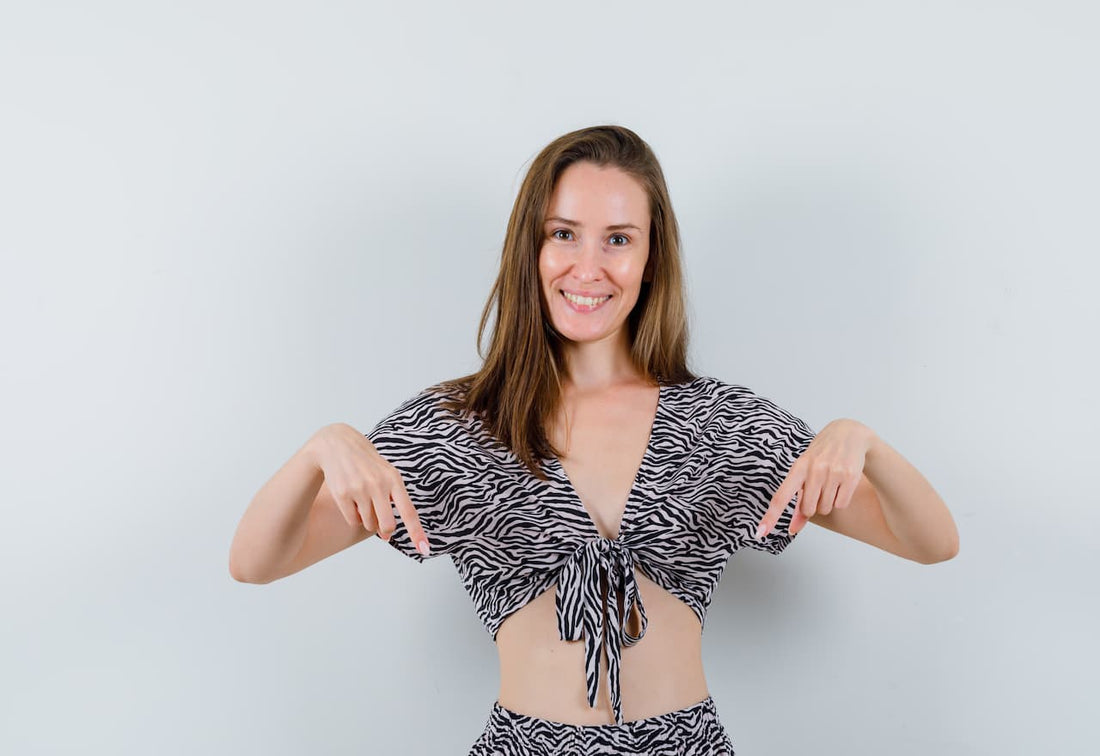
Modern Breast Augmentation with Minimal Pain | Dr. Joel Studin
The idea of waking up in pain after breast augmentation used to be a real fear for many. Just the thought of muscle soreness, limited movement, and tough recoveries was enough to make some put their plans on hold. But here’s some refreshing news: that version of breast implant surgery? It’s rapidly becoming a thing of the past.
Thanks to modern medical practices and techniques, breast augmentation can now be performed with significantly less pain, faster recovery, and an overall better patient experience. Dr. Joel Studin, a trusted name in cosmetic surgery with decades of experience, has redefined the way breast implants are done—making the process smoother, easier, and surprisingly manageable.
A Patient Experience That Speaks Volumes
Instead of laying out all the ins and outs for you, why don’t we hear it straight from someone who’s been there and done that? One of Dr. Studin’s recent patients had her implants done just yesterday, and guess what? She was already up on her feet with hardly any pain—just a sprinkle of medication to keep things chill. Can you believe it? She called the whole experience “surprisingly comfortable.” Imagine being able to lift your arms, get dressed, and handle your day-to-day tasks by yourself right after surgery!
Now I know what you might be thinking—it sounds almost too good to be true! And sure, we’ve all heard those nerve-wracking stories from friends about how tough recovery can be. But here’s the kicker: when everything's handled the right way, getting breast implants won’t knock you flat or turn us into drama queens living in discomfort land.
So are you ready to flip the script on what recovery could look like? Let's dive deeper!
The Secret Behind the Smooth Recovery
So, how does Dr. Studin pull off what many thought was impossible? It all comes down to preparation, pain management, and surgical precision. Let’s break it down:
1. Long-Acting Local Anesthesia
Before even making the first incision, Dr. Studin uses a long-lasting local anesthetic to block pain in the surgical area. This numbing effect lasts for 14 to 24 hours, which gives your body a head start on healing—without the stress of discomfort right after surgery.
2. Less Anesthesia During Surgery
Because the surgical area is already numb, patients require much less general anesthesia to stay asleep. That means you wake up feeling clearer, more alert, and without that groggy, heavy-headed feeling often associated with surgery.
3. Smart Pain Medication Timing
Here’s where the real magic happens: pain meds are started while you’re still numb—not after the pain kicks in. By taking medication proactively every 3 hours, you build up a stable level of relief in your system before the numbness wears off.
4. Controlled Recovery Plan
Patients are guided through a structured, yet flexible recovery plan. No heavy lifting or gym sessions right away—but returning to daily activities, work, and socializing by day five or six? Totally doable for most.
Let’s Talk Scars—And Why You’ll Barely Notice Them
Scarring is another concern that often lingers in patients’ minds. Fortunately, advancements in incision techniques and meticulous surgical planning have significantly improved this part of the process too. Dr. Studin ensures incisions are as discreet as possible—strategically placed and minimal in size. Over time, most patients report their scars fading to fine, barely visible lines.
Add to that a proper skincare regimen and ongoing care, and those scars? They become an afterthought.
Why Today’s Implants Are Nothing Like the Past
Not only has the surgery itself evolved, but the implants have too. Modern implant designs are more comfortable, natural-feeling, and durable than ever before. Gone are the days of stiff shapes or prolonged recovery due to rough materials. Today’s implants are smoother, more adaptive to your body, and tailored for individual aesthetics and comfort.
The result? A breast enhancement experience that not only boosts your confidence but respects your lifestyle, your comfort, and your timeline for healing.
Say Goodbye to the Fear of Pain
Hey there! Picture this: you just went through breast augmentation and suddenly—surprise—you’re waking up pain-free, not that gut-wrenching recovery experience you’ve been dreading. Now, imagine the next morning rolls around, and you're getting dressed all by yourself—lifting your arms to do your hair without that nagging ache in the back of your mind. Sounds dreamy, right? For patients of Dr. Studin, it’s a reality!
Thanks to smart techniques with top-notch medications and a doctor who genuinely cares about what you need, getting breast implants doesn’t have to feel like climbing Mount Everest—it can be empowering instead of painful.
So let me ask you: are you ready to change not just how your body looks but also boost that confidence without any fuss from a rough recovery? Dr. Joel Studin got your back! With a mission to guide you through each step with personalized care tailored just for YOU.
Frequently Asked Questions
1. Is breast augmentation still as painful as it used to be?
Not anymore! With updated techniques like long-acting local anesthesia and proactive pain management, most patients now experience minimal discomfort after surgery. In fact, many can lift their arms and get dressed the very next day—just ask Dr. Studin’s recent patients!
2. How soon can I go back to work after surgery?
You’ll need to skip the gym for a bit, but light daily activities and work are often doable by day five or six. It’s all part of a smart recovery plan that makes healing quicker and smoother than ever before. Want to learn more on how recovery really looks like? You’ll love hearing Dr. Studin experience in the video.
3. Will there be noticeable scars after breast augmentation?
Scars are minimal and strategically placed for discretion. With Dr. Studin’s precise techniques and proper post-op care, most scars fade into fine lines over time—and soon become barely noticeable at all.